We Are Being Sprayed Just Like the Cockroaches and Mosquitos Not Because of Them
Pssst...it's a convenient way to poison the useless eaters
I’ll come back to airplane spraying later. I just wanted to kick this post off with a sweet video.
This post is a follow up to this post 👇
I have become increasingly interested in the use of pesticides to “protect” us from bugs and the “illnesses” they “cause”. I’ve noticed a distinct pattern that includes:
A big scary illness/virus/disease that is said to be spread by some sort of insect, like a mosquito or fly.
To prevent this terrible illness, there is copious spraying of various toxic chemicals. These chemicals are often neurotoxic to the insect.
The funny thing is that symptoms of many of these diseases are quite similar, if not identical, to the symptoms from exposure to the chemicals being used to prevent them.
Now I’d like to share some comments from my previous post and my subsequent research.
Hello Sarah, this is a cross post of a comment I made on another stack but is relevant to your brilliant piece.
I’ve observed a significant increase in respiratory and skin disorders this summer in our pediatric clinic. Many of these affected kiddos have clean histories. Meaning, they are free from injected poisons, eat well, are not in daycare, and for the youngest of this population, are breastfed.
While taking a history with one family, I learn that the county in which they reside routinely sprays for arthropod borne diseases. I’m interested. I contact the public health department.
It appears that this very large Texas county has been spraying a concoction of organophosphates and “other ingredients” for many years to combat mosquito borne illnesses such as Zika, West Nile. BTW, none of my parents knew this was happening, and those that did, didn't really give it a second thought. Programming...
Anyway, here is the list of ingredients being routinely sprayed:
ACTIVE INGREDIENTS:
Permethrin: CAS [52645-53-1]......................... 30.0%
Piperonyl Butoxide Technical CAS [51-03-6]........ 30.0%
OTHER INGREDIENTS:................................. 40.0%
Total 100.0%
Contains 2.52 lbs. a.i. Permethrin/gallon and 2.52 lbs. a.i. Piperonyl Butoxide/gallon
So I review the Safety Data Sheet on the ingredients that were disclosed to me (still working on what the composition of the remaining “40% other ingredients”).
https://kernred.co.kern.ca.us/kern-agcomm/products/PERMETHRIN.pdf
I find several “no information available” under Toxicological Information (section 11). Meaning, this likely was not studied and for another, I notice dermal and respiratory issues and to contact poison control if exposed.
Add glyphosate sprayed on our food supply, fluoride to our water, aluminum salts (among a bevy of others) to vaccines, antibiotics to our animals, and who knows what to the trails in our atmosphere (though I think you know).
And, conveniently, we have Fauci “hospitalized” for West Nile Virus. NY public health response...More cowbell.
Let’s just say, there will be many more healthy kiddos with respiratory and skin issues here in Tarrant County, and it will have nothing to do with the West Nile or any other exotic virus.
Just thinking out loud here…but I wonder how much spraying is correlated with illness outbreaks in schools. I haven’t looked into this, but we’ve all come to anticipate kids getting sick when everyone comes back from a break because they are sharing “germs and viruses”. Because that’s all we’ve ever been told. That’s the programming we have gotten…always.
What if those little systems are reacting to toxic chemical dousing? Just a thought…
This prompted me to look into what kind of due diligence has been done regarding the exposure of our children to these chemicals. I know this will probably come as an enormous surprise, but it doesn’t appear to be much.
First up, is the Federal Insecticide, Fungicide, and Rodenticide Act which happened long after lots of those “cides” were already in use.
Great news here. This act has some awesome, super ambiguous parameters like:
“Will not generally cause unreasonable adverse effects on the environment.”
👍 Feels safe.
Summary of the Federal Insecticide, Fungicide, and Rodenticide Act
The official text of FIFRA is available in the United States Code, from the US Government Printing Office
7 U.S.C. §136 et seq. (1996)
The Federal Insecticide, Fungicide, and Rodenticide Act (FIFRA) provides for federal regulation of pesticide distribution, sale, and use. All pesticides distributed or sold in the United States must be registered (licensed) by EPA. Before EPA may register a pesticide under FIFRA, the applicant must show, among other things, that using the pesticide according to specifications "will not generally cause unreasonable adverse effects on the environment.''
FIFRA defines the term ''unreasonable adverse effects on the environment'' to mean: ''(1) any unreasonable risk to man or the environment, taking into account the economic, social, and environmental costs and benefits of the use of any pesticide, or (2) a human dietary risk from residues that result from a use of a pesticide in or on any food inconsistent with the standard under section 408 of the Federal Food, Drug, and Cosmetic Act.''
Here is a senate report I found from 1999 clearly stating that FIFRA has no specific provisions about use of pesticides in schools👇
And what did they “do” about it? So much. They basically got right on it👇
To determine whether EPA and the states are taking actions to reduce the use of pesticides in schools and what the results of these efforts are, we conducted interviews with EPA pesticide program officials. We obtained some manuals and education kits that EPA has prepared and distributed to states and school districts to encourage less use of pesticides in schools. We also conducted interviews with pesticide program officials in EPA’s 10 regional offices. We asked these officials about which states in their regions have undertaken actions to reduce the use of pesticides in schools and discussed the benefits, costs, and start-up issues involving integrated pest management, as well as EPA’s efforts to assist the states and school districts. In addition, we conducted interviews with officials from the 10 states listed above to discuss the status of their efforts, including the benefits, costs, and start-up issues of implementing an integrated pest management program. We reviewed manuals, Web sites, and videos the states have prepared to assist school districts in reducing the use of pesticides. We also interviewed officials of several school districts that have reduced their use of pesticides about the associated benefits, costs, and start-up issues. Finally, we discussed the benefits, costs, and start-up issues of implementing an integrated pest management program with interest groups that included the National Pest Control Association and the National Coalition Against the Misuse of Pesticides.
Just kidding. They did not.
Related:
ASTHO. 2018. Analysis of express legal authorities for mosquito control in the United States, Washington, D.C., and Puerto Rico.
Anyway, why should we give af about pesticide use and kids? Well, because their systems are delicate and still developing, and as it turns out, these chemicals do things like disrupt their endocrine systems and stuff.
From EPA:
Why are children especially vulnerable?
Due to key differences in physiology and behavior, children are more susceptible to environmental hazards than adults.
Differences in Physiology
Children’s nervous, immune, digestive and other systems are still developing. Developing systems are less able to detoxify and excrete these pollutants compared to adults.
Children's systems provide less natural protection than adults.
Children breathe in more air than adults, inhaling almost 2 times as many pollutants.
Oh, come on…what’s a little endocrine system disruption among friends?
More from EPA👇
Effects of Endocrine Disruption
In the last two decades there has been a growing awareness of the possible adverse effects in humans and wildlife from exposure to chemicals that can interfere with the endocrine system. These effects can include:
developmental malformations;
interference with reproduction;
increased cancer risk; and
disturbances in the immune and nervous system function.
Clear evidence exists that some chemicals cause these effects in wildlife, but limited evidence exists for the potential of chemicals to cause these effects in humans at environmental exposure levels. Very few chemicals have been tested for their potential to interfere with the endocrine system. Current standard test methods do not provide adequate data to identify potential endocrine disruptors (EDs) or to assess their risks to humans and wildlife.
Children and Schools
The American Academy of Pediatrics, in a landmark report on children and pesticide use, wrote, “Children encounter pesticides daily and have unique susceptibilities to their potential toxicity. Acute poisoning risks are clear, and understanding of chronic health implications from both acute and chronic exposure are emerging. Epidemiologic evidence demonstrates associations between early life exposure to pesticides and pediatric cancers, decreased cognitive function, and behavioral problems.”
The body of evidence in the scientific literature shows that pesticide exposure can adversely affect a child's neurological, respiratory, immune, and endocrine system, even at low exposure levels. Several pesticide families, such as synthetic pyrethroids, organophosphates, and carbamates, are also known to cause or exacerbate respiratory symptoms like asthma. See the scientific references on why Children and Pesticides Don’t Mix.
Pesticide Use at Schools
Pesticide poisoning of student and school staff is not uncommon. The Government Accountability Office (GAO) in 1999 documented over 2,300 reported pesticide poisonings in schools between 1993 and 1996.5 Because most of the symptoms of pesticide exposure, from respiratory distress to difficulty in concentration, are com- Pesticides and You A quarterly publication of Beyond Pesticides Page 10 Vol. 29, No. 3, Fall 2009 mon in school children and may be assumed to have other causes, it is suspected that pesticide-related illness is highly prevalent. A 2005 study published by researchers at the National Institute for Occupational Safety and Health and state health department, printed in the Journal of the American Medical Association, found that students and school employees are being poisoned by pesticide use at schools and from drift off of neighboring farmlands after analyzing 2593 poisonings from 1998 to 2002.6 The authors state that the study omits incidents for which medical attention is not sought or reported. A 2008 review of pesticide poisoning complaints in Oregon reveals an on-going pattern of pesticide exposure to school children in classrooms, on playgrounds, on ballfields and at school bus stops.
FEDERAL PROTECTION LACKING
The vast majority of pesticide products registered for use by EPA and state governments have never been fully tested for the full range of potential human health effects. Pesticides can be registered even when they have been shown to cause adverse health problems. The regulatory system justifies allowable risks by characterizing them as de minimis, even though deficiencies and uncertainties in the review protocol are well-documented. Due to the numerous pesticide formulations on the market, the lack of disclosure requirements, insufficient data requirements, and inadequate testing, it is impossible to accurately estimate the hazards of pesticide products, much less lifetime exposure or risk. There is no way to predict the effects in children solely based on toxicity testing in adult or even adolescent laboratory animals, which is EPA’s procedure for evaluating adverse effects.
So what have they done about the spraying of children with pesticides? Well, you can go ahead and talk to the principal, teachers, and get a group of parents together. Then you can head on over to the EPA website and start up a program at your school yourself 👇
School-Based IPM Advisory Committee
What can parents do to protect their children from pests and pesticides in the school? First, talk with the principal and the children's teacher about what is being done to control pests in the school. Second, find other parents who share concerns about pests and pesticide exposure. Third, form a school IPM advisory committee with the school's administration. Parents must work with educators to change the way pest management is performed.
The issues associated with pests and pesticide use in schools are quite complex. Both pests and pesticides can harm children. Parents can help protect the health of children by working to establish integrated pest management in their schools.
Oh look! I’m sure you probably heard about that pesticide that the EPA just issued an emergency order to stop use because it’s so fucking toxic? Me either. It’s primarily used for weed killing. You know, on places like athletic fields, golf courses, farms, and yards.
Dimethyl Tetrachloroterephthalate (DCPA or Dacthal)
On August 6, 2024, EPA announced the emergency suspension of all registrations of the pesticide dimethyl tetrachloroterephthalate (DCPA or Dacthal) under the Federal Insecticide, Fungicide and Rodenticide Act (FIFRA). DCPA is a pesticide registered to control weeds in both agricultural and non-agricultural settings, but is primarily used on crops such as broccoli, Brussels sprouts, cabbage, and onions.
EPA took this action because unborn babies of pregnant farmworkers and others near application sites who are exposed to DCPA, sometimes without even knowing the exposure has occurred, could experience changes to fetal thyroid hormone levels, and these changes are generally linked to low birth weight, impaired brain development, decreased IQ, and impaired motor skills later in life, some of which may be irreversible.
The suspension marks the first time in almost 40 years that EPA has taken this type of emergency action, following several years of unprecedented efforts by the Agency to require the submission of long-overdue data and then assess and address the risk this pesticide poses.
Other than that, the good news is that The USA lags behind other agricultural nations in banning harmful pesticides.
There are 72, 17, and 11 pesticides approved for outdoor agricultural applications in the USA that are banned or in the process of complete phase out in the EU, Brazil, and China, respectively. Of the pesticides used in USA agriculture in 2016, 322 million pounds were of pesticides banned in the EU, 26 million pounds were of pesticides banned in Brazil and 40 million pounds were of pesticides banned in China. Pesticides banned in the EU account for more than a quarter of all agricultural pesticide use in the USA. The majority of pesticides banned in at least two of these three nations have not appreciably decreased in the USA over the last 25 years and almost all have stayed constant or increased over the last 10 years.
Here’s another comment sharing some amazing videos of the spraying that goes on and has been going on for many years…
Bingo. I ran into this a month or two ago. Kinda pissed it went over my head for the past ... 20 years?
Next para below is a YouTube link which shows a list of the boatload of videos of where 'they' sprayed the past 15-20 years. Just scroll the list....it's never ending. They've been poisoning the country, county by county, whenever they damn well please.
Copy/paste of an email I sent out to about 30 folks:
"West Nile Virus: Another made up faker (fucker?). Listen to the fear mongering of all “news” media. Notice comments have been turned off on 95% of the videos. Again, they are controlling what the people hear and shutting down anyone who dares to confront them.
Full link of the 3,000 times they have sprayed: https://www.youtube.com/results?search_query=videos+of+spraying+for+west+nile+virus
Scroll the list, it's rather incredible.
Here are 6 links where you only need to watch each one 30 seconds or so. I cued them up for a certain time
• 11 yrs ago. Watch 30 seconds. She is right:
and good God I didn’t know they were still spraying humans with DDT throughout the 1950’s. I thought they had stopped that sh*t 30 years previous. Will these mf’ers ever stop with poisoning (sickening, injuring, deforming, sllloowwly killing - is what it is) humans?
• 5 yrs ago. Watch 30 seconds.
Look how much that truck is spraying into the air/all over. And what a pussy that young guy is who’s being interviewed.
• 6 yrs ago. 30 seconds from cue. Same type of person as above.
. The young woman is a flaming idiot. Listen to what she did when she heard mosquitos are actually biting people (gasp!). Kinda drastic measures? And her poor, poor kids. <crossin self>
• 10 yrs ago. Same. Listen 30 secs:
• 2 yrs ago.
•
So…wtf else are they spraying? Airplane cabins. While people are in them.
My thoughts on the big bad virus...
https://www.cbc.ca/news/health/airline-cabin-pesticide-spraying-1.5083591
You know how people often get sick after they travel? Yeah…curious about that too.
Have you ever wondered why cabin crew sometimes walk down the aisles, spraying a mysterious liquid in the air before departure or landing? The reason why is that some countries require aircraft cabins to be sprayed with pesticides to kill insects and stop the spread of diseases such as malaria, Zika, and yellow fever.
Treatment of the interior of the aircraft using a quick-acting insecticide spray immediately before take-off, with the passengers on board;
Treatment of the interior of the aircraft on the ground before passengers come on board, using a residual-insecticide aerosol, plus additional in-flight treatment with a quick-acting spray shortly before landing;
Regular application of a residual insecticide to all internal surfaces of the aircraft [without passengers on-board], except those in food preparation areas.
“With little ventilation and in such a closed space, spraying pesticides on airplanes while passengers are still on board is troubling, particularly for sensitive groups like children, pregnant mothers, the elderly, and those with chronic conditions,” says Drew Toher Public Education Associate at Beyond Pesticides [source]
Before permethrin became the go-to pesticide, airlines commonly used DDT (dichlorodiphenyltrichloroethane), an insecticide found to be harmful to humans when exposed to large doses. DDT was banned in the United States in 1972 and sprays no longer use the compound for cabin disinfection.
It’s safe though, right? They wouldn’t spray that shit all over passengers in a pressurized, closed cabin, with recirculated air if it was toxic…
I think he’s using a mask, goggles, and gloves because it’s nontoxic.
And come on, if these chemicals were toxic, they would be evident in airline employees.
Cancer Incidence Among Air Transportation Industry Workers Using the National Cohort Study of Korea
The aim of this study was to assess the risk of cancers in air transportation industry workers in Korea compared to other working populations. The study results showed statistically significant increased risks for incident leukemia in male air transportation industry workers compared to the reference groups after age standardization. Although female air transportation industry workers also had high incident leukemia ratios compared to the reference groups, these were not statistically significant. Both male and female workers had statistically significant higher ratios of other, ill-defined cancer incidence compared to their respective reference groups. Interestingly, the female workers had a statistically significant higher risk of incidence for all cancers compared to their reference groups, while the male workers had a statistically significant decrease for all cancers.
The Risk of Melanoma in Airline Pilots and Cabin CrewA Meta-analysis
Pilots and cabin crew have approximately twice the incidence of melanoma compared with the general population. Further research on mechanisms and optimal occupational protection is needed.
Incidence of cancer among female flight attendants: a meta-analysis
The meta-analysis confirmed the significantly increased risks for malignant melanoma and breast cancer in female FA.



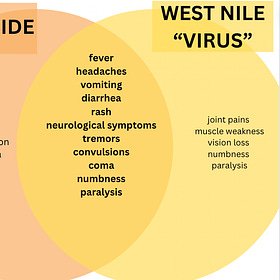
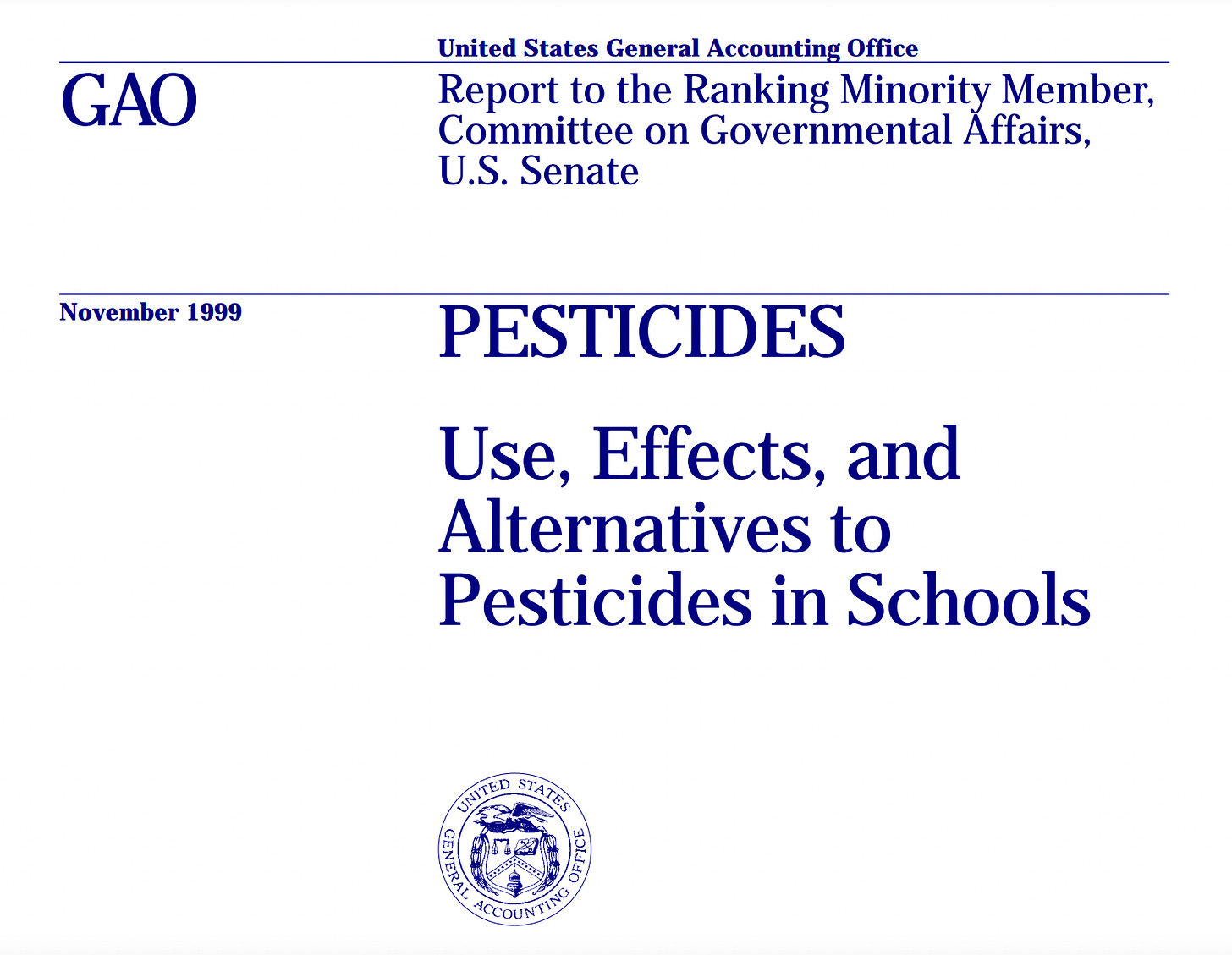
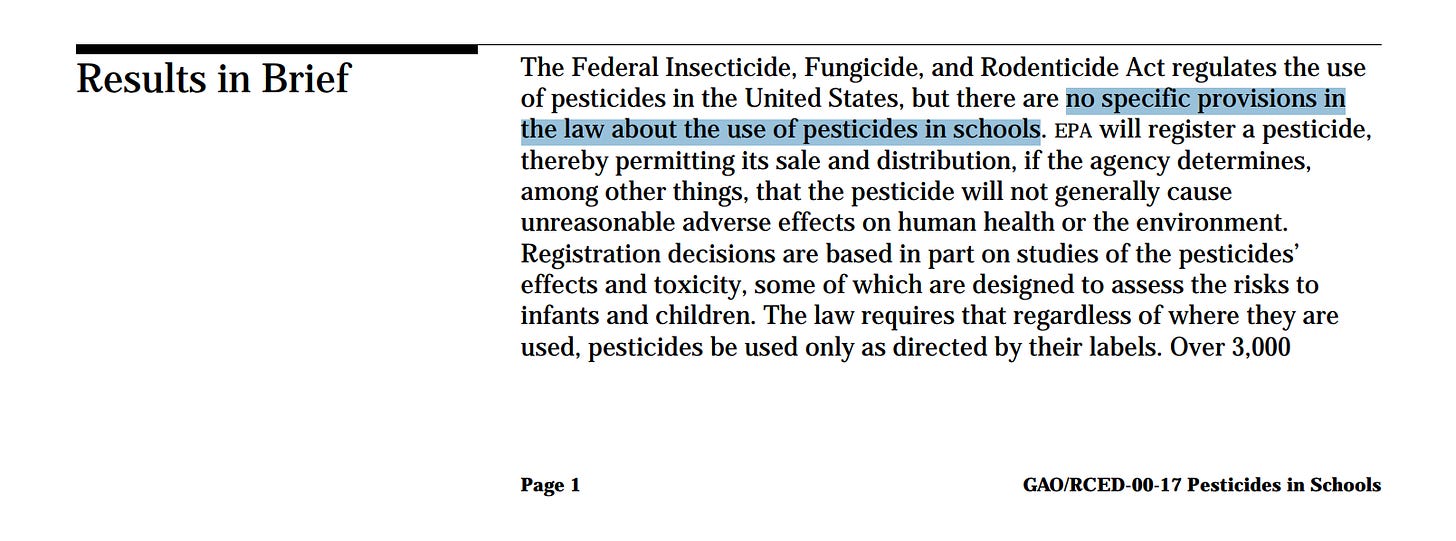
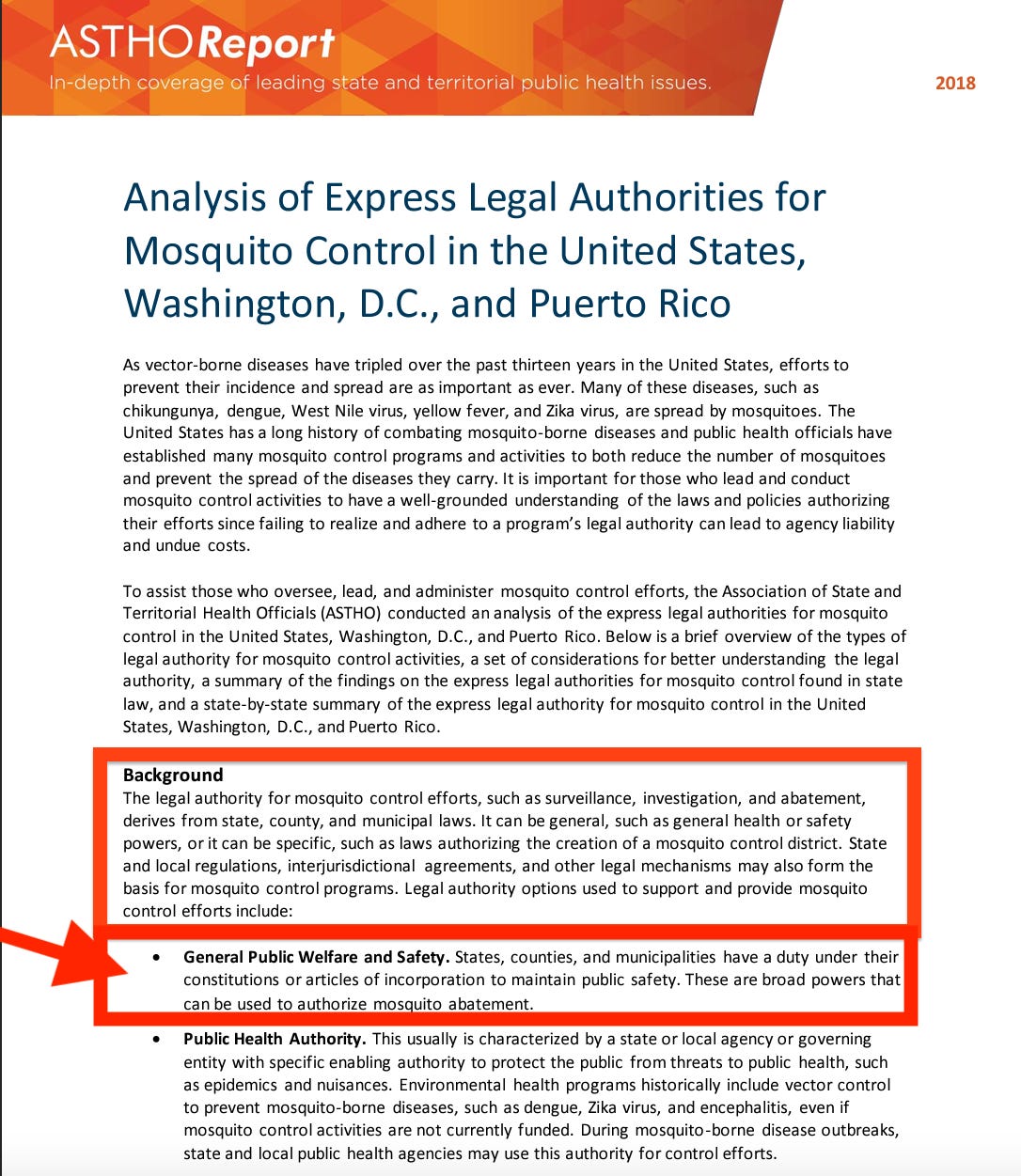
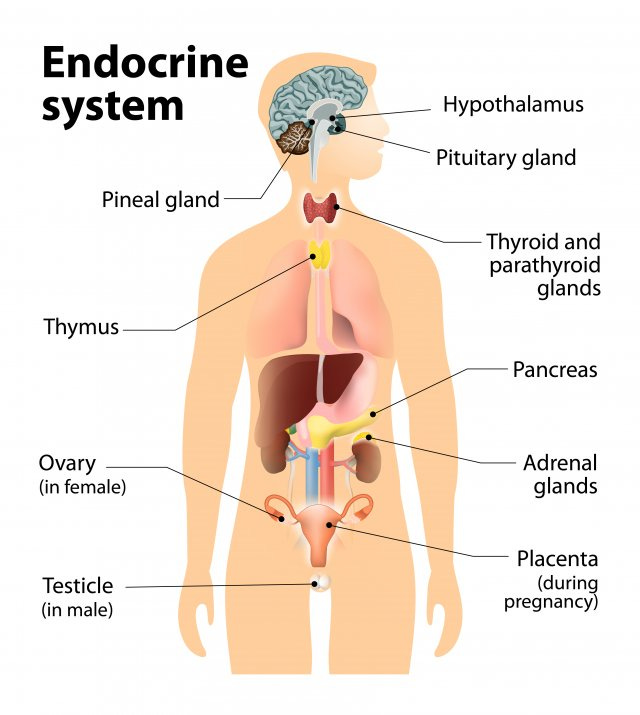
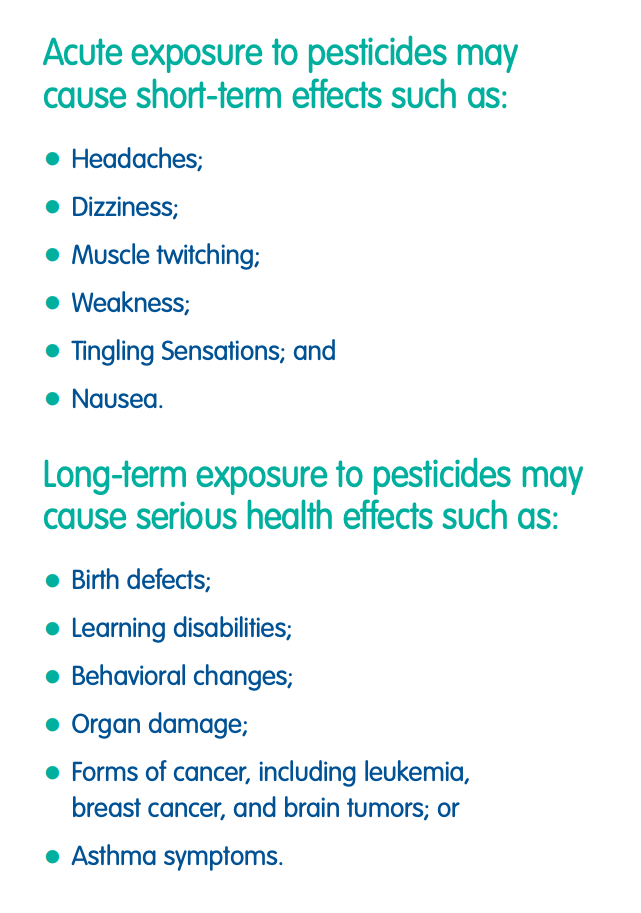
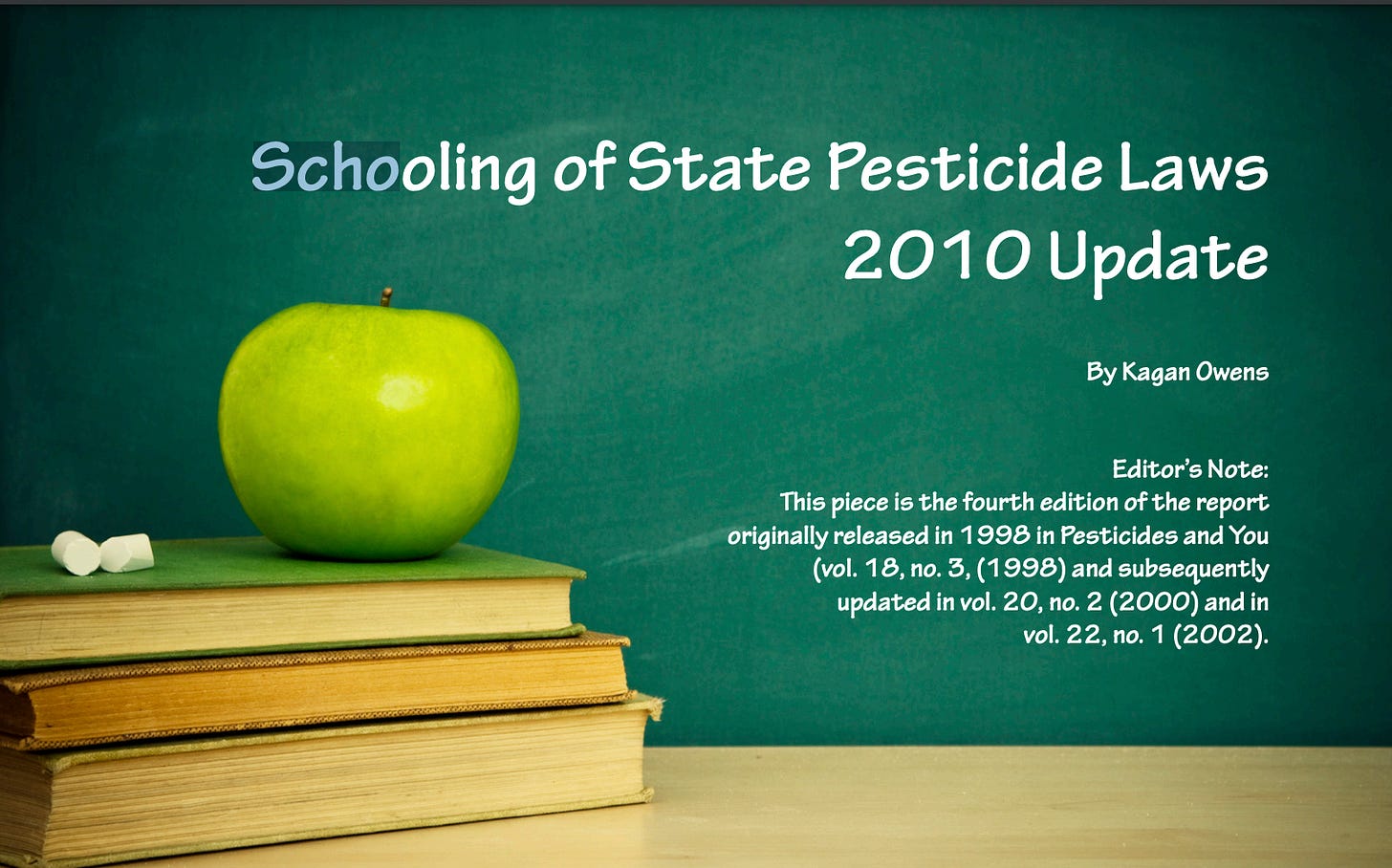
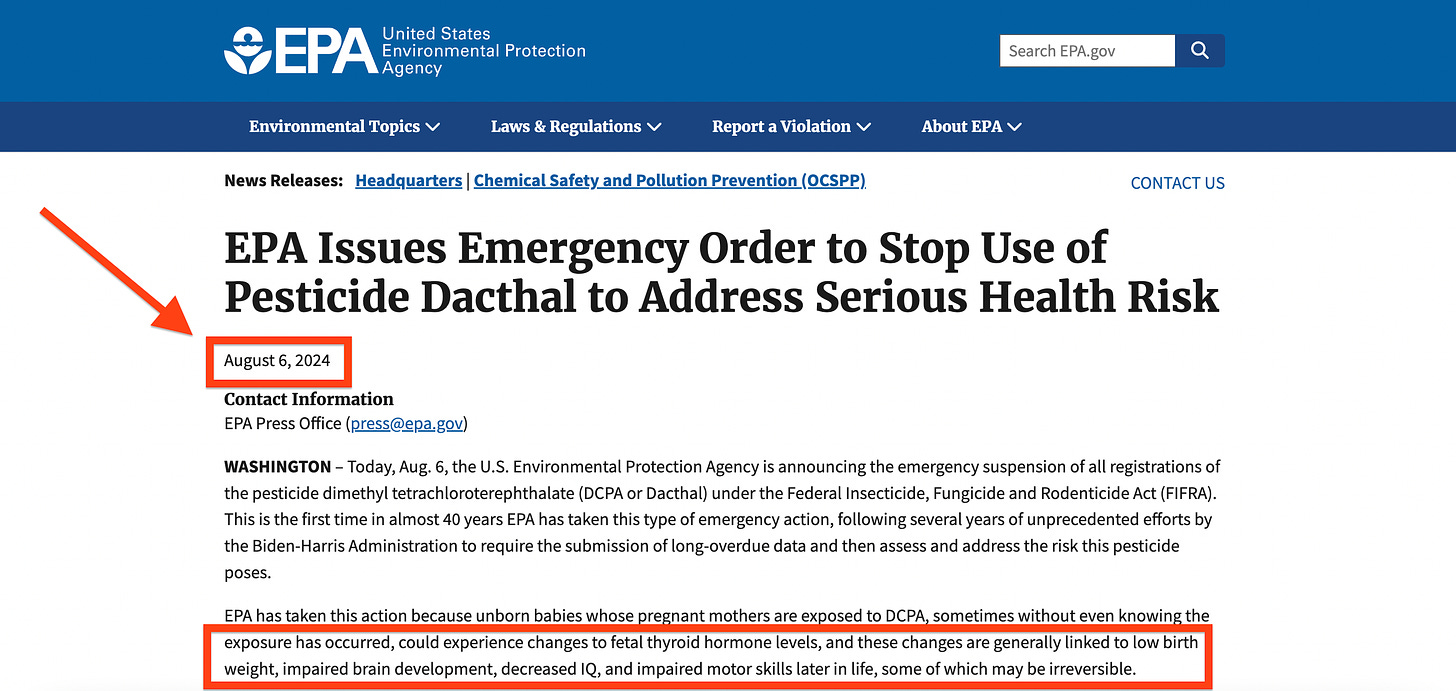
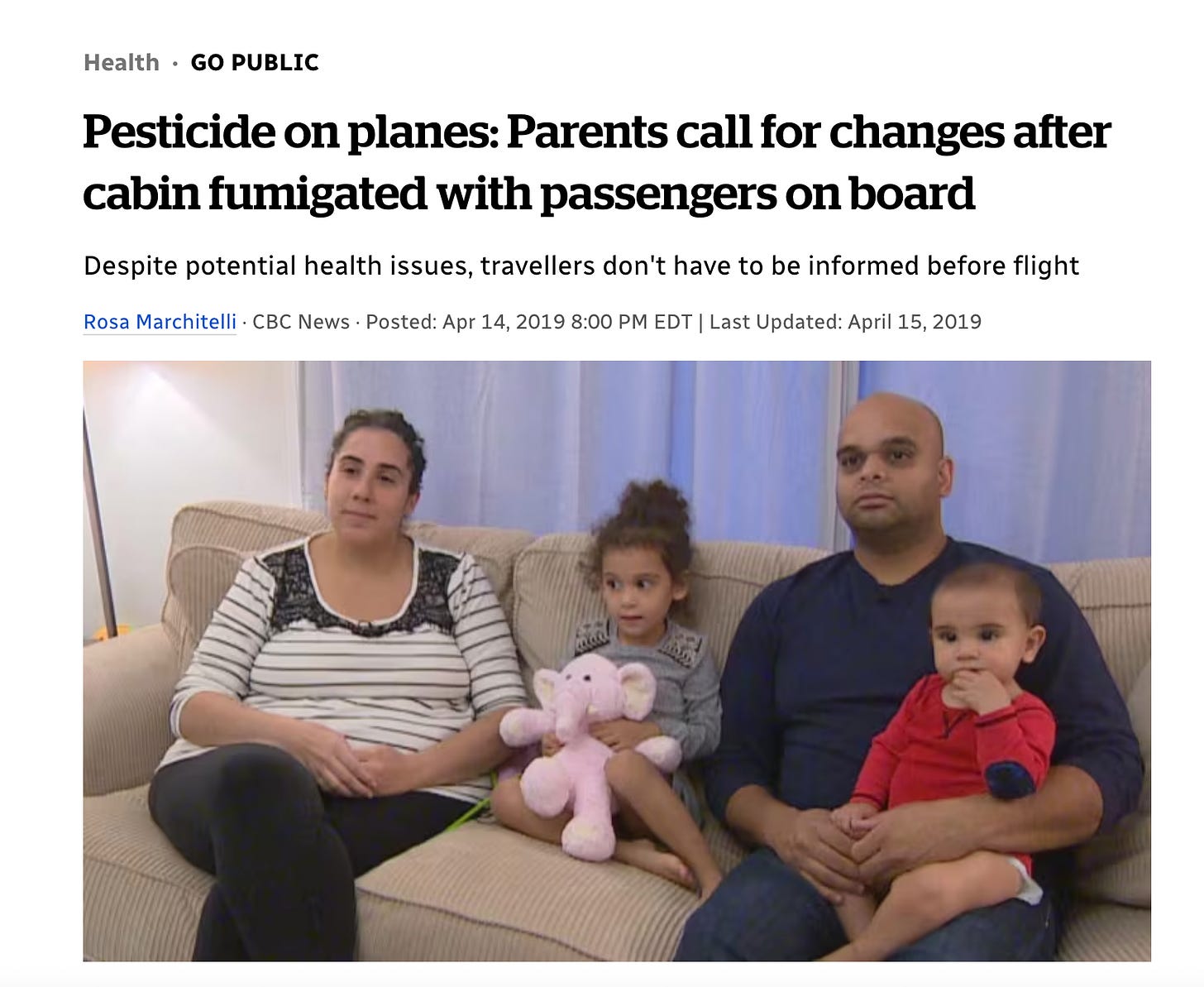
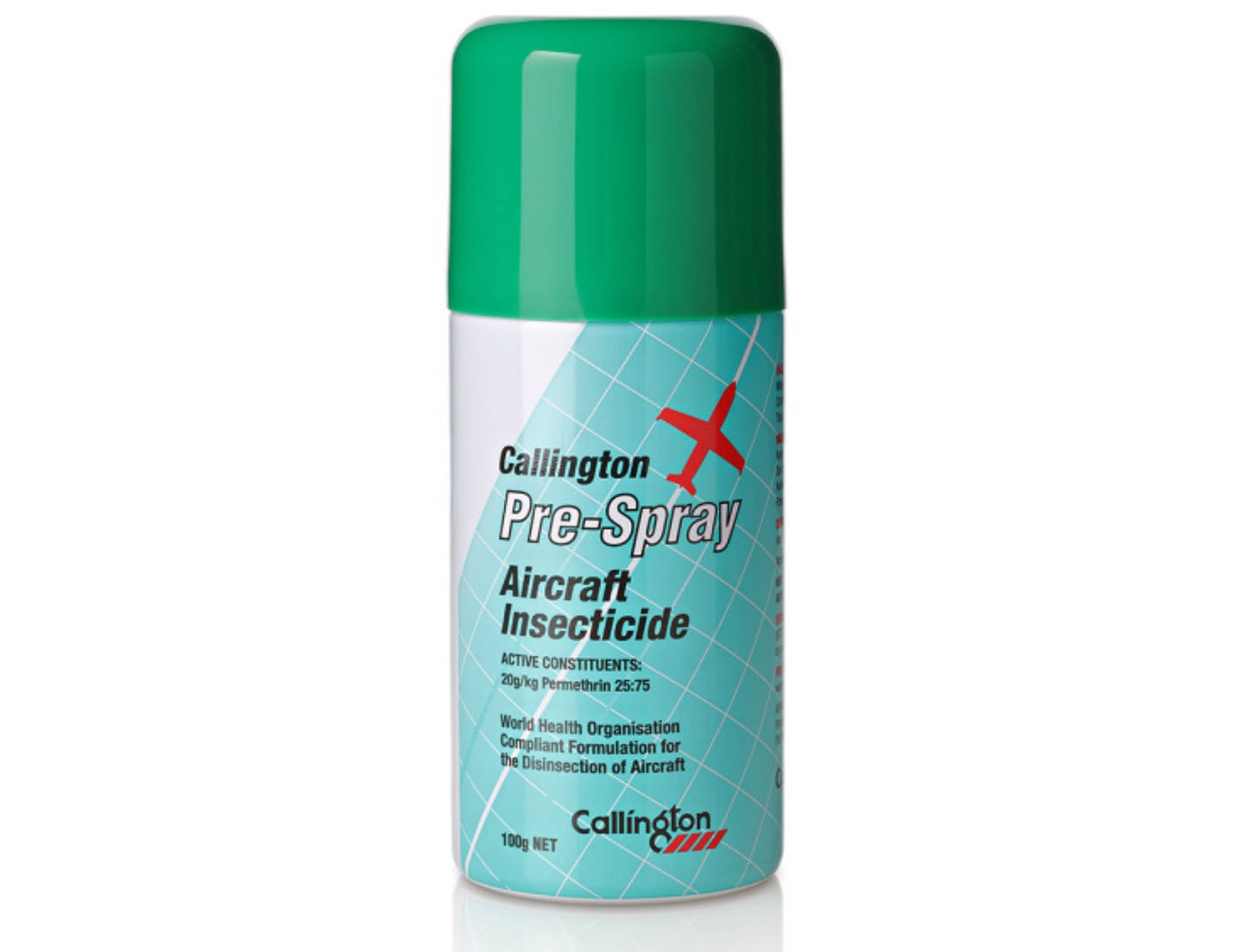


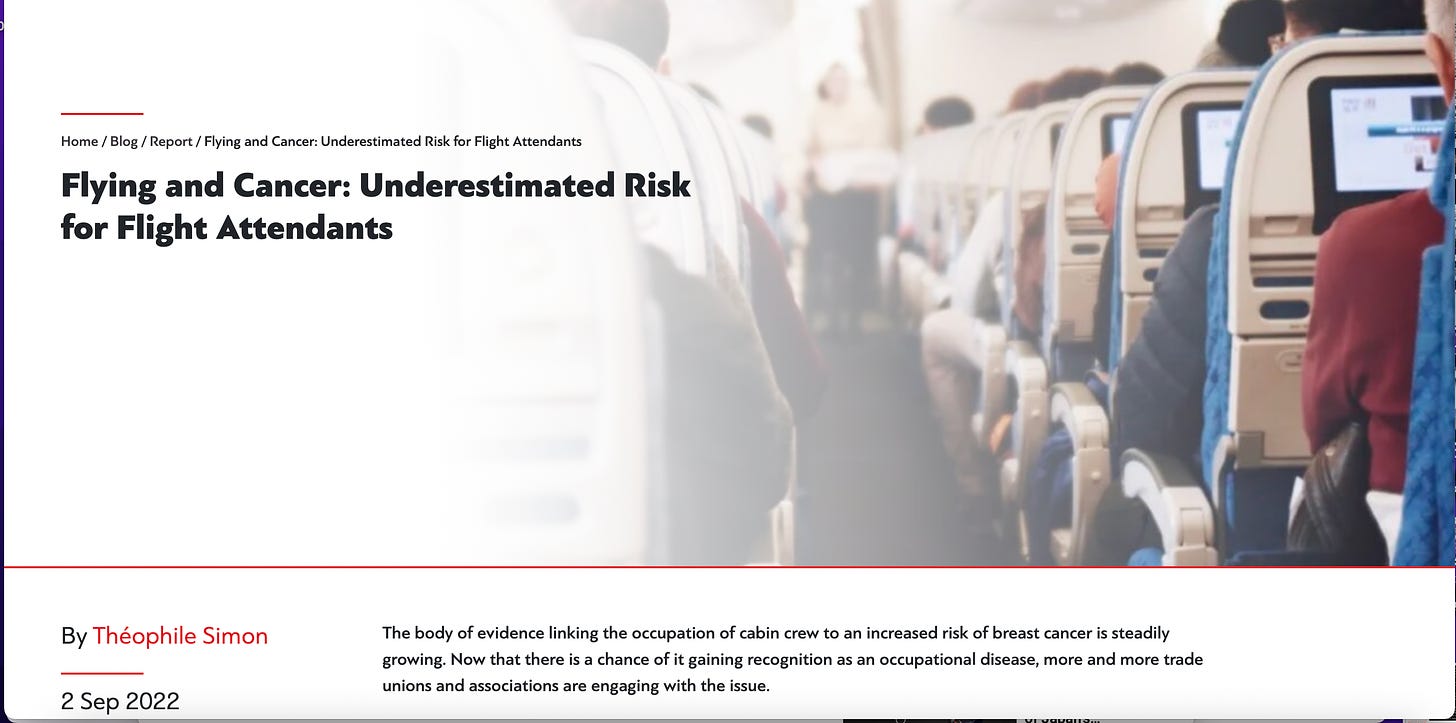

Holy shit, great post, Sarah!
When I was flying from Australia to Malaysia, the flight attendants donned actual hazmat type looking suits while they sprayed us. And they didn't use cans, but equipment that loooked exactly like the kind exterminators use. I got sick from it and barfed all over my purse. When I complained they shrugged their shoulders. We have to, they said. Then I want a hazmat suit too, I said. Write to headquarters, they said. I had to throw that purse away.